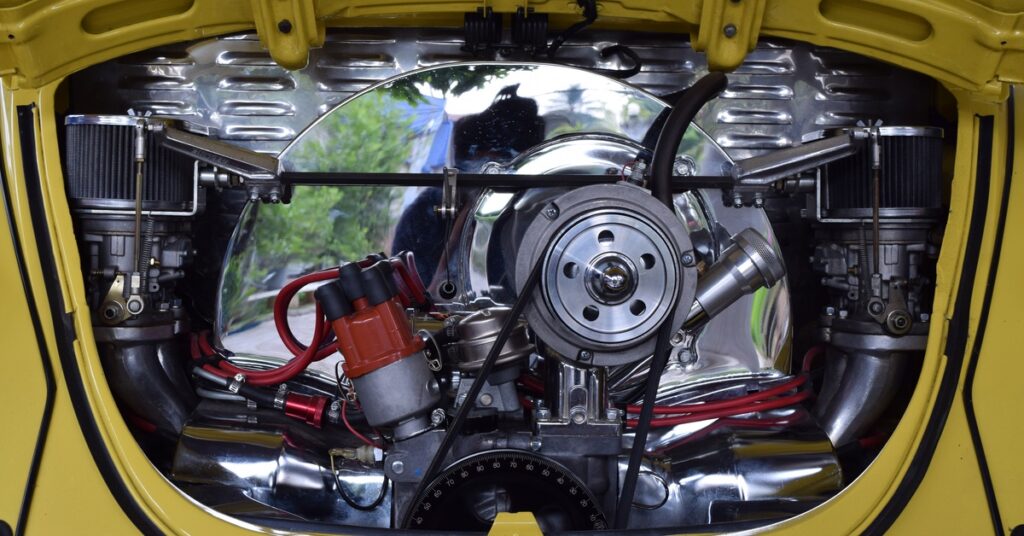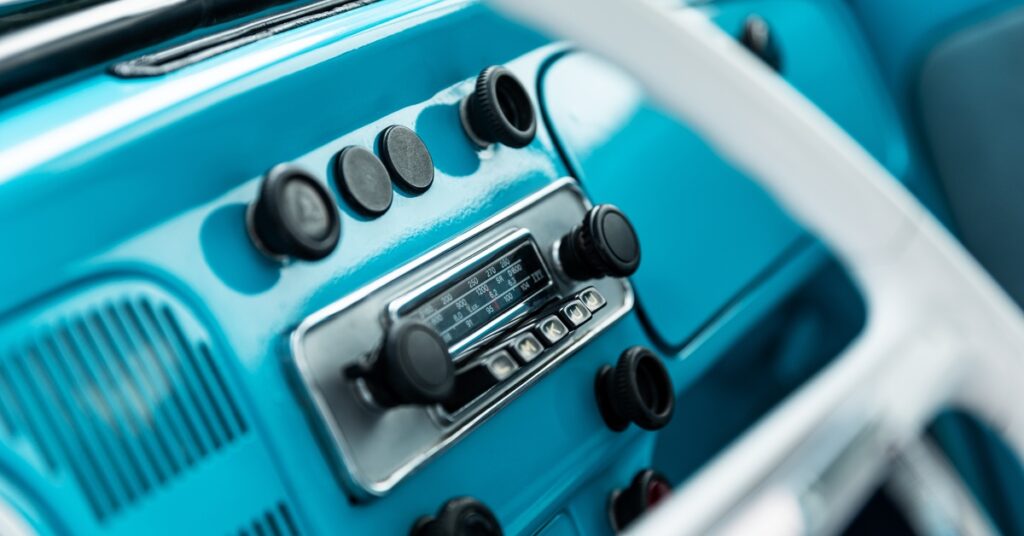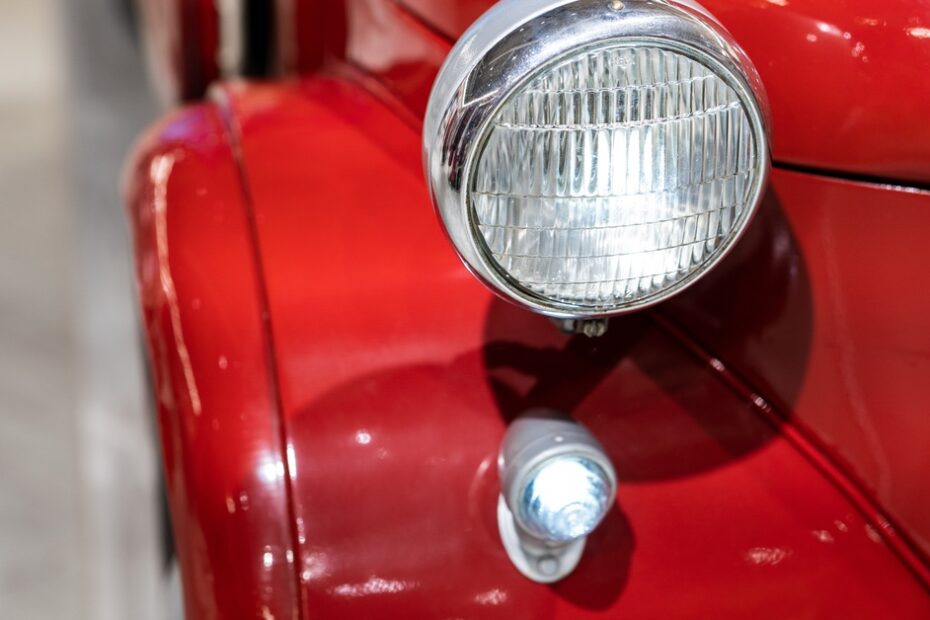The Volkswagen Beetle earned its place in automotive history as one of the most iconic and beloved cars worldwide. Its unique design, affordability, and reliability cemented its decades-long reputation. However, not all Beetles meet this standard. While enthusiasts cherish many models, certain years are notorious for their mechanical, electrical, and structural problems. You should avoid these years of VW Beetles to save money on car ownership.
General Criteria for Identifying Problematic Car Models
Let’s look at the common signs of problematic cars that apply to the Beetle and other models. Cars with reliability issues might have recalls. Meanwhile, drivers complaining about parts failure and high maintenance costs are red flags. Outdated or underperforming safety systems can make old cars potentially dangerous.
Specific generations of VW Beetle parts have become scarce over time, leading to skyrocketing repair costs or limited fix options. Models with complex engineering or innovations that hadn’t been tried or tested before, such as an engine revamp, are likely to have issues. These criteria will help us assess which VW Beetle years drivers should avoid.
Early Models (1949–1960): The Growing Pains
While these early models of the VW Beetle hold historical significance, they’re not practical for everyday use today. Early engineering limitations, such as air-cooled engines that struggle in extreme temperatures, make them ill-suited for modern driving conditions. Additionally, safety was not a priority with these cars, as seat belts and other basic protections were not standard in the automaking industry.
Repairing these vehicles can be a challenge due to obsolete parts. If you purchase one of these early Beetles, expect to spend quite a lot on restoration and maintenance, especially if you’re keeping it fully functional for regular road use. These models are better for collectors rather than someone looking for practicality.
1974–1979: Super Beetle Issues
The introduction of the Super Beetle came with significant changes, such as a redesigned suspension system and increased trunk space. However, these adjustments brought mechanical and structural challenges.
Many owners of 1974–1979 Super Beetles reported front-end vibrations and difficulty maintaining alignment, particularly at high speeds. These design flaws made this iteration less durable than its predecessors. Rust accumulation was also common, especially in humid climates, compromising the car’s longevity.

The Mid-1990s Revival (1994–1999): Early Modern Beetles
The 1990s saw a resurgence in the VW Beetle, with designers blending the car’s classic look with updated technology. However, the transition from air-cooled to water-cooled engines was far from seamless.
Many models encountered engine overheating and coolant leaks in these early modern Beetle models. The electrical systems also faced frequent malfunctions, including power windows, lights, and air conditioning issues. For those seeking the nostalgic charm of retro styling with the reliability of modern engineering, these years failed to meet expectations, making them poor choices for buyers today.
2000–2001 Models: The New Beetle
The early 2000s marked the launch of the “New Beetle,” sporting a completely reimagined design. While the fresh look and added features appealed to many, reliability was a notable drawback. Common complaints included transmission failures, faulty oxygen sensors, and persistent problems with electrical components.
The complexity of repairs also became apparent. Fixing a minor issue could quickly rack up a hefty bill compared to fixing older models. These unexpected maintenance issues made the ownership cost discouraging for many people.
2004–2005 Models: A Decline in Quality
Beetles from the mid-2000s saw a decline in build quality, leading to frequent breakdowns. Engine failures became more common, with many drivers experiencing oil leaks and timing belt problems.
The automatic transmissions were notorious for premature failure, often requiring a complete replacement much earlier than expected. Additionally, many interior components, such as door handles and window regulators, were reported as poorly made, resulting in frustrating issues for owners.
2008–2010 Models: Emerging Reliability Concerns
The 2008–2010 Beetles presented another round of reliability challenges. Engine problems were common in recent years, particularly with emissions systems. Owners had to replace catalytic converters and resolve persistent check engine light issues.
The availability of parts was another recurring problem. Repairing these models required components that were either difficult to source or more expensive than anticipated, adding to ownership costs. The Beetle’s famously playful exterior couldn’t offset the pain of costly repairs and unreliable performance.

Common Mechanical Issues Across Problem Years
Certain problems persisted in several VW Beetle generations. For instance, weak transmissions, especially in automatic models, plagued drivers for numerous years. Electrical systems were another pain point, with frequent reports of malfunctioning window regulators, inconsistent power locks, and finicky lighting systems.
The use of plastic components in engines and interiors added to these mechanical headaches. The parts tended to wear out quickly and require replacement. These issues often add up, making these years more frustrating and costly.
Safety Risks in Less Reliable Models
Safety has always been a hot topic with the Beetle. Models from the problematic years of the mid-1900s lacked crash-test ratings comparable to modern safety standards. The lack of advanced safety systems—traction control, anti-lock brakes, and sufficient airbag deployment—increased the risks for drivers.
Some years also saw notable recalls for issues that compromised safety. For example, faulty seat belts in certain models or brake failures under specific conditions. These shortcomings make it crucial to consider safety when evaluating old VW Beetles.
The Cost of Ownership for “Bad” Years
Problematic Beetle years come with high costs in both repairs and maintenance. Buyers of these models saw more frequent trips to the mechanic, with repair bills, high-priced parts, and extensive labor costs. Many owners might be spending thousands on keeping their vehicles operational.
Compounding this, models from less reliable years often suffer from depreciated resale value, making it harder to recoup investment should you decide to sell. With hidden costs piling up, these Beetles became a source of financial frustration for their owners.
How To Spot a Problematic Used Beetle
When shopping for a used Beetle, be attentive to signs of past issues or neglect. As there are many years of the VW Beetle to avoid, it’s best to ask the seller for a detailed maintenance history, paying close attention to major repairs. Examine the car’s mileage and check online forums to determine known issues for the model year.
During inspection, look for rust in the undercarriage or around wheel wells, check the engine for fluid leaks, and test all electrical components. Familiarity with common problem areas will help you avoid surprises after purchase.
The VW Beetle is a timeless automobile, but owning one requires careful consideration, particularly with models known for reliability issues. Avoid the problematic years outlined here to save yourself costly repairs and unforeseen headaches. Research the best model years, test thoroughly, and consult trusted experts. With the right approach, you’ll be cruising in a Beetle that’s as dependable as it is iconic.
